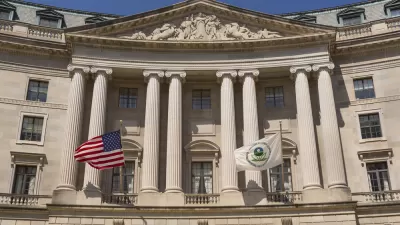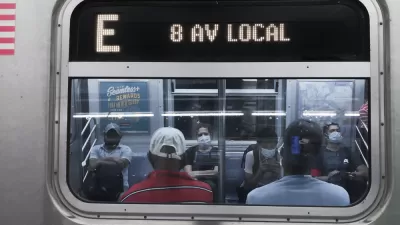Advocates hope to enlist the federal government in forcing state regulators to set clean water standards for the San Francisco Bay Delta.

A group of environmentalists, racial justice advocates, and indigenous tribes have filed a complaint with the U.S. Environmental Protection Agency alleging that the ecological crisis on the San Francisco Bay Delta has roots in racism, according to a column by Michael Fitzgerald for Stocktonia.
Stockton’s Little Manila Rising, Restore the Delta, the Winnemem Wintu and Shingle Springs Band of Miwok Indians, and Save California Salmon filed the 288-page complaint linking the ecological crisis in the Bay Delta to white supremacy, according to the article.
“[The complaint] alleges that the state Water Resources Control Board is failing to do its job to set clean water standards for the Delta — which is true — and this mostly hurts people of color, a violation of Title VI of the Civil Rights Act of 1964 requiring all groups be given equal treatment under the law,” writes Fitzgerald.
As clear from the citation above, Fitzgerald opines that the complaint makes a persuasive argument.
The complaint asks the U.S. EPA to force the Water Resources Control Board to set clean water standards for the Bay Delta.
More details about the political context surrounding the complaint are included in the source article below.
FULL STORY: Is racism behind the Delta’s decline?

Alabama: Trump Terminates Settlements for Black Communities Harmed By Raw Sewage
Trump deemed the landmark civil rights agreement “illegal DEI and environmental justice policy.”

Study: Maui’s Plan to Convert Vacation Rentals to Long-Term Housing Could Cause Nearly $1 Billion Economic Loss
The plan would reduce visitor accommodation by 25% resulting in 1,900 jobs lost.

Planetizen Federal Action Tracker
A weekly monitor of how Trump’s orders and actions are impacting planners and planning in America.

Baltimore Ordered to Improve Sidewalk Accessibility
The city is one of many to face lawsuits for failing to comply with the Americans with Disabilities Act.

This Toronto Suburb Has More Bus Riders Than Columbus, Ohio
Brampton, Ontario used gradual improvements in service to prove that if you build it, they will ride.

Paris Bike Boom Leads to Steep Drop in Air Pollution
The French city’s air quality has improved dramatically in the past 20 years, coinciding with a growth in cycling.
Urban Design for Planners 1: Software Tools
This six-course series explores essential urban design concepts using open source software and equips planners with the tools they need to participate fully in the urban design process.
Planning for Universal Design
Learn the tools for implementing Universal Design in planning regulations.
Smith Gee Studio
Alamo Area Metropolitan Planning Organization
City of Santa Clarita
Institute for Housing and Urban Development Studies (IHS)
City of Grandview
Harvard GSD Executive Education
Toledo-Lucas County Plan Commissions
Salt Lake City
NYU Wagner Graduate School of Public Service





























